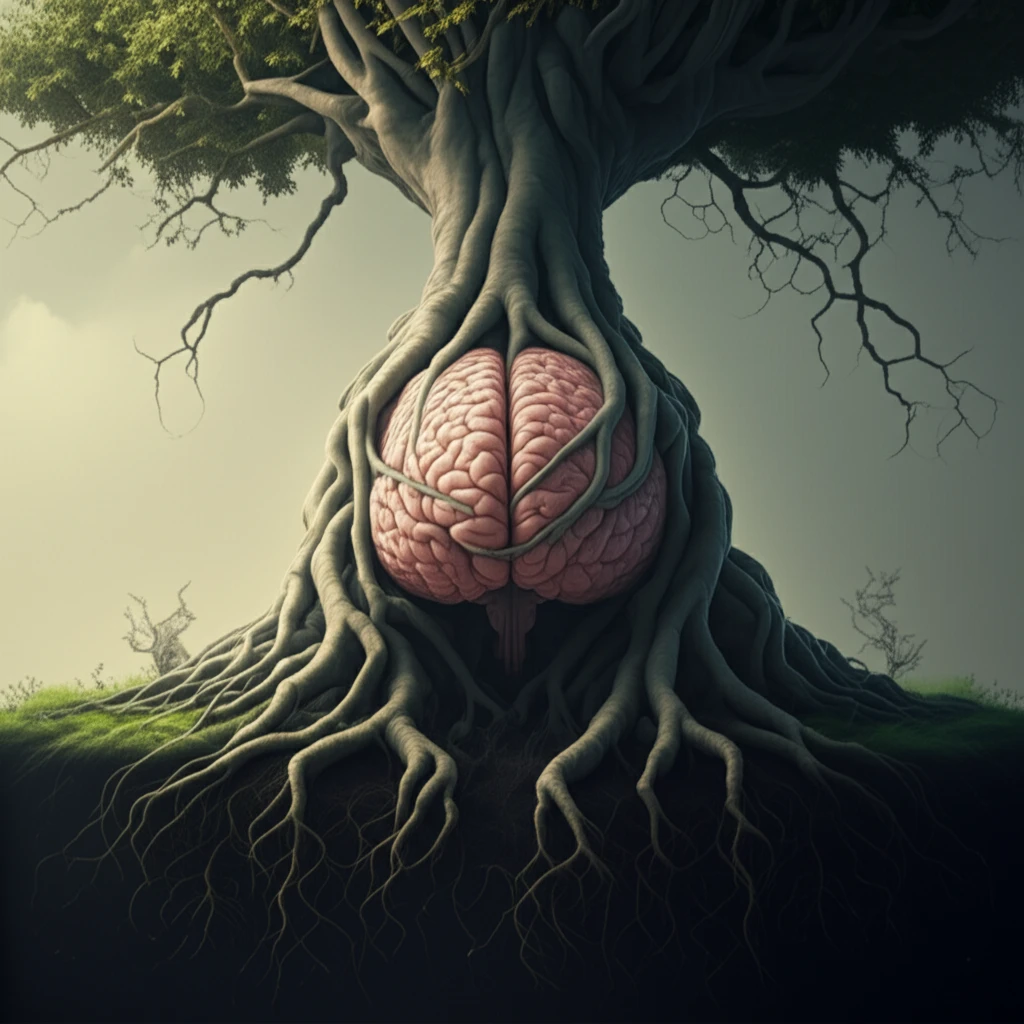
Decoding the Mind: How Psychoanalysis Shapes Our Understanding of Self
"Explore how psychoanalytic theories illuminate the complexities of the human psyche and their lasting influence on modern thought."
Psychoanalysis, pioneered by Sigmund Freud, revolutionized the way we understand the human mind. More than just a therapeutic technique, it's a profound exploration into the depths of our unconscious, seeking to uncover the hidden motivations and conflicts that shape our thoughts, feelings, and behaviors. This journey into the self continues to evolve, adapting to new perspectives and challenges in the modern world.
At its core, psychoanalysis emphasizes the importance of early childhood experiences, unconscious desires, and the dynamic interplay between different parts of the psyche. Concepts like the id, ego, and superego, along with defense mechanisms like repression and projection, provide a framework for understanding the complex ways we navigate our inner and outer worlds. These ideas, initially controversial, have become foundational in psychology and continue to spark debate and innovation.
Today, psychoanalytic thinking extends far beyond the therapist's couch. It influences fields ranging from literature and art to sociology and political science. By examining the unconscious motivations behind human actions, psychoanalysis offers a unique lens for interpreting cultural phenomena and understanding social dynamics. Join us as we explore the enduring legacy of psychoanalysis and its ongoing relevance in the 21st century.
The Enduring Influence of Psychoanalytic Theory

Psychoanalytic theory, though debated and evolving, continues to exert a significant influence on contemporary thought. Its impact is evident in various fields, shaping our understanding of human behavior and cultural phenomena. The theories developed by Freud and his followers provide a framework for exploring the complexities of the human psyche, offering insights into the unconscious processes that drive our actions and emotions.
- Kyle Arnold: Explores the intersections of psychology, psychobiography, and psychotic states, with a recent focus on the life and madness of Philip K. Dick.
- Vered Bar-On: Applies psychoanalytic and hermeneutic approaches in clinical psychology, particularly in early childhood development, bridging theory and practice.
- Paul A. Gabrinetti: Integrates Jungian analytic psychology with contemporary issues, including an examination of Adam Smith's work from a psychoanalytic perspective.
- Steven Huprich: Focuses on personality disorders, contributing to the assessment and understanding of these complex conditions.
- Robert Mendelsohn: Practices psychoanalysis and psychotherapy, applying these methods to individual and couple therapy.
- Şule Özler: Combines economics with psychoanalysis, offering unique perspectives on economic theory and social issues through a psychoanalytic lens.
- John H. Porcerelli: Studies the psychological aspects of medical practice, including defense mechanisms and physician-patient relationships.
- Ivan Sherick: Specializes in child and adolescent psychoanalysis, contributing to the understanding and treatment of psychological issues in young people.
The Future of Psychoanalytic Thought
As we continue to grapple with the complexities of the human experience, psychoanalysis offers a valuable framework for understanding ourselves and the world around us. By exploring the depths of the unconscious and examining the hidden motivations behind our actions, we can gain insights into our individual and collective behavior. The ongoing evolution of psychoanalytic theory ensures its continued relevance in the 21st century, providing a lens for interpreting cultural phenomena and understanding social dynamics. As we move forward, it remains a vital tool for unlocking the mysteries of the human mind.
